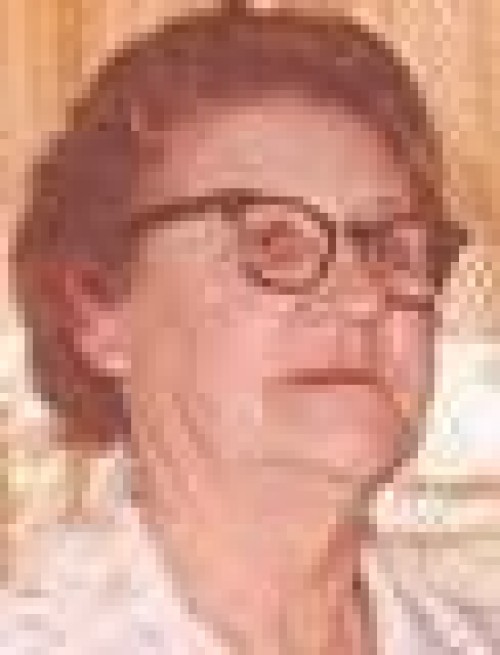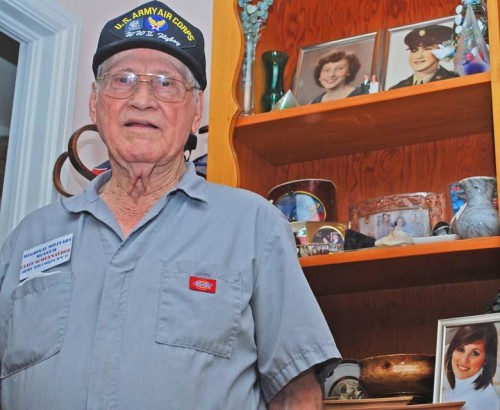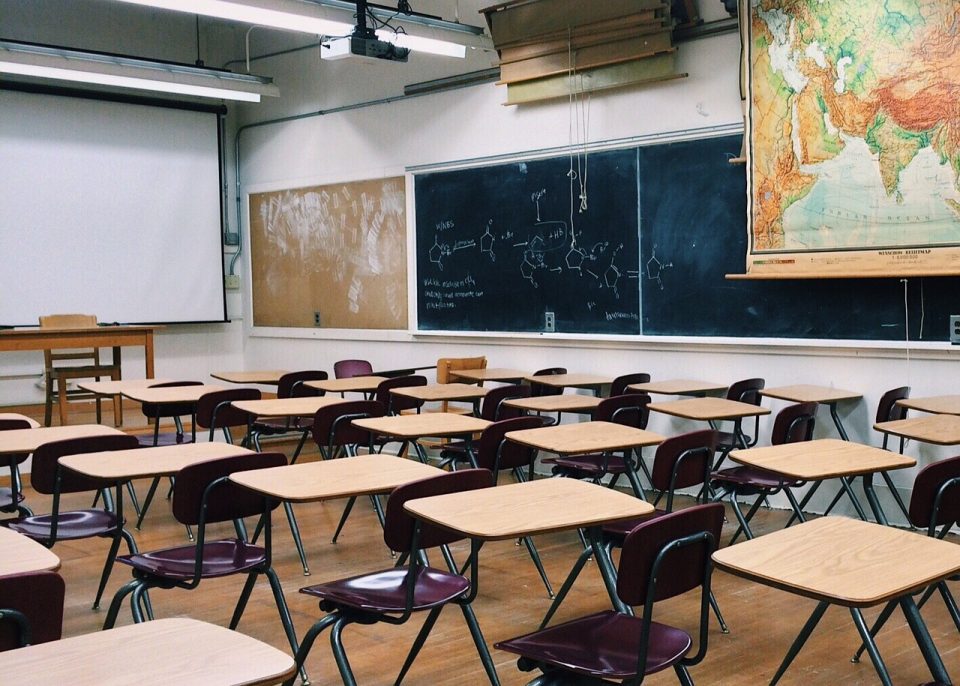Carroll Dewitt McKey Jr.
September 8, 2011
Eula Blanchard Pellegrin
September 12, 2011Two weeks after graduating Terrebonne High School in 1943, Clifton Schexnayder’s summer of relaxation came to an abrupt end.
“After I graduated, I just wanted to stay home for a couple of weeks and have my own time and sleep late,” Schexnayder said. “And within two weeks there was a draft notice.”
For Schexnayder, the phrase, “After graduation,” became a refrain in his military career. He never saw combat, but he relocated several times throughout the United States as he studied and trained to become an airplane gunman.
“I enjoyed (moving around), but every time I moved from one place to another the food would make me sick,” Schexnayder said.
Schexnayder, who served in the Army Air Corps during World War II, was the fourth of five brothers to serve the U.S. military. He began in Camp Beauregard, where he stayed for a month before he passed an air cadet test “with flying colors.”
The Houma native then went to Miami for basic training, a time he remembers fondly for the setting and cuisine.
“They had coconut trees all over and we’d sit under the trees and listen to officers give us lectures,” Schexnayder said. “I always heard about basic training and how tough it was, and this wasn’t tough at all, so I enjoyed it.
“The food was delicious. It wasn’t army food. It was like the food they’d serve you in the restaurant of a hotel.”
From Florida’s southernmost tip, Schexnayder relocated to Black Hills Teachers’ College, now known as Black Hills State University, in Spearfish, S.D. “We were supposed to get a year’s course in six months and they gave it to us in three months,” he said.
Schexnayder then went to Santa Ana, Calif., where he was tested for whether or not he could become a pilot, bombardier or navigator. “I didn’t make it, so I volunteered for gunnery school,” he said.
But he was not accepted this time, so he was sent to the B-17 airplane and engine school in Amarillo, Texas.
After his graduation, Schexnayder again volunteered for gunnery school and was rejected for a second time. Off he went, shipped to Ypsilanti, Mich., for R-2800 Pratt and Whitney engine school.
“That was near Willow Run, where Ford was making all those B-24 bombers on assembly lines like the cars,” Schexnayder said. “We toured the plant. It was a wonderful experience.”
After graduating from Ypsilanti, Schexnayder volunteered for gunnery school for a third time. This time, he got his foot in the door.
“They sent me permanent party to Tyndall Field, Fla., which is a gunnery school … Permanent party means I was assigned to that base to be a mechanic on the B-17.”
Determined to reach his goal, Schexnayder and two friends volunteered for gunnery school every week for a year. “It took one year but they finally let us go, but not to Tyndall. They sent us to Harlingen, Texas, which was a B-29 gunnery school.”
Schexnayder stayed in Harlingen for a few months, “pulling K.P.,” or Kitchen Police. He was then sent back to Tyndall Field, and after another couple of months of K.P. duty, “we finally got on the main part of the base and we finally got to go to gunnery school,” he said.
Schexnayder’s gunnery training consisted of shooting a shotgun mounted on a flatbed truck and a turret-mounted shotgun at clay targets. He and his classmates also shot at airplane-towed targets and targets on rafts in the Gulf of Mexico.
A few times, they were able to shoot an armored P-39 Airacobra fighter plan with disintegrating bullets.
After completing gunnery school, Schexnayder had earned his promotion to corporal and traveled to Lincoln, Neb. to meet his pilot and see for the first time the A-26 aircraft he would fly on.
“But I never got to see one. When I got to Lincoln, Neb., they dropped the atomic bomb on Japan. So that ended that part of my training.”
Instead, Schexnayder was relegated to removing mattresses from empty barracks to store in a warehouse.
Because he didn’t have enough points to be discharged, Schenxayder was sent to Keesler Field, Miss., where he did, “anything to do to keep busy, until you had enough points to where they could send you to a discharge center.”
He was released Feb. 12, 1946 at Camp Shelby, Miss, six months after the war ended.
“I wanted to be a gunner and when that ended, I didn’t want to stay in the service anymore,” Schexnayder said.
* Special thanks to the Regional Military Museum of Houma, the Ellender Memorial Library Archives and Special Collections at Nicholls State University and Neil Guilbeau for compiling the information.
Clifton Schexnayder stands in his home in front of a wartime photo of himself. Schexnayder never saw combat with the U.S. Army Air Corps during World War II after he was drafted into the military. Instead, he was shipped around the country as he trained to become an airplane gunman. ERIC BESSON











